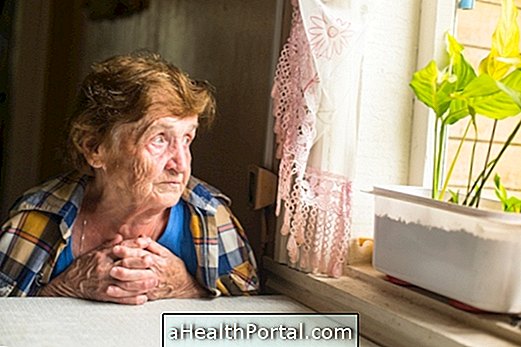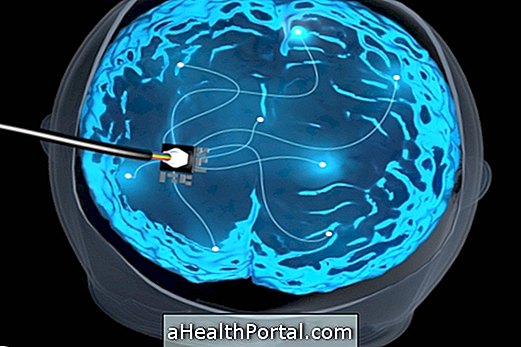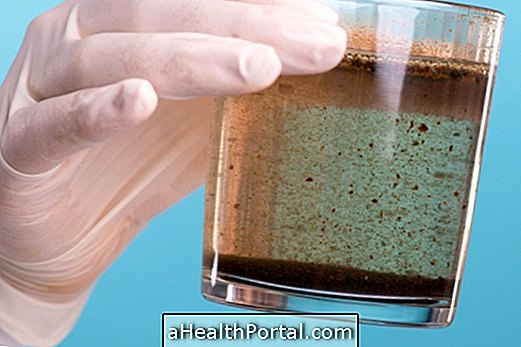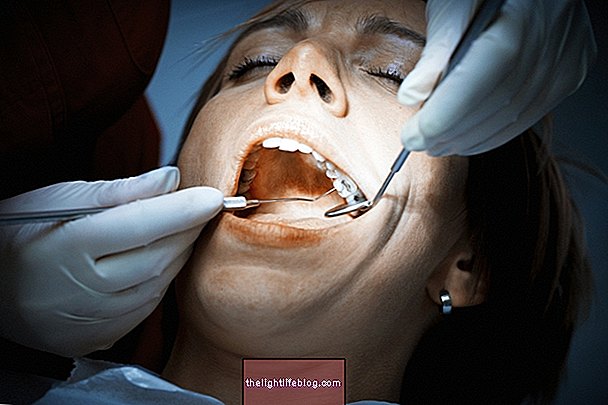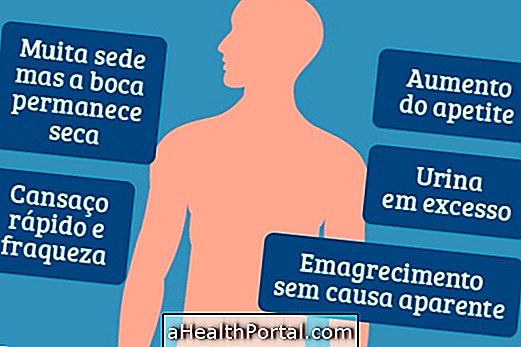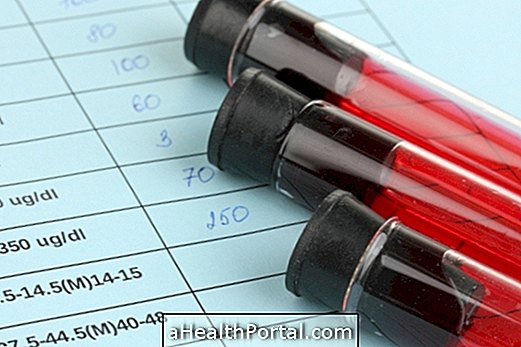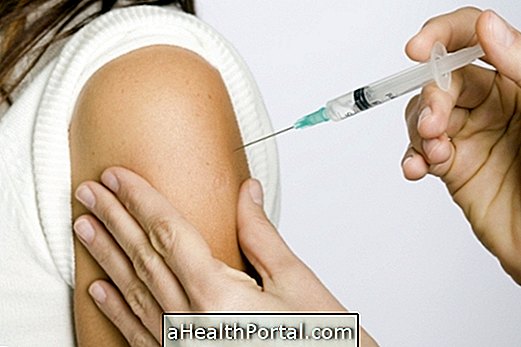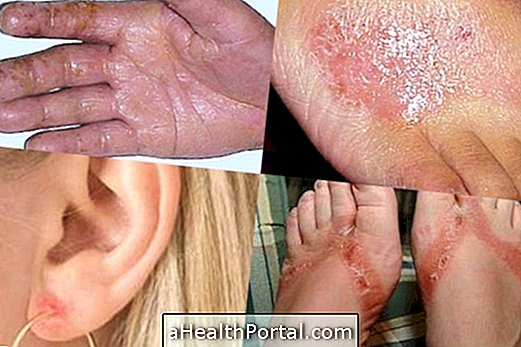Spasticity consists of the involuntary increase of muscle contraction that can arise in any muscle and that prevents the individual from doing their daily activities, such as walking, eating or talking, for example.
Typically, spasticity is more frequent following a neurological change such as stroke or as a consequence of cerebral palsy, and therefore may affect only a small muscle group, such as the arm, or arise in several places such as the right side of the body, depending on the neurological lesions.
Spasticity has no cure, but it is possible to reduce the patient's disability through physical therapy, use of remedies for spasticity or localized applications of botox.
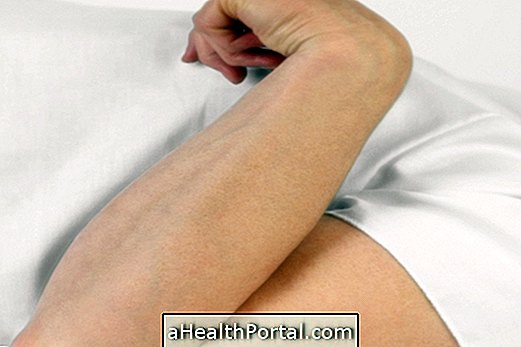
Treatment for spasticity
Treatment for spasticity should be guided by a neurologist, as it is necessary to assess the neurological cause that is causing the problem to arise. Options include:
Remedies for Spasticity
Usually medicines for spasticity are used, such as Baclofen or Diazepam, which help muscles relax and relieve symptoms. Other indicated remedies are Baclofen, Benzodiazepines, Clonidine or Tizanidine, that reduce the transmission of stimuli and facilitate the muscular relaxation.
Physiotherapy in spasticity
Against spasticity it is also recommended to do at least 2 times a week to maintain joint amplitude and avoid other complications such as joint stiffness due to lack of use of the affected limb joint.
Physiotherapy in spasticity can be done with the use of:
- Cryotherapy: application of cold in affected muscles to temporarily reduce the reflex signal that causes muscle contraction;
- Heat application: allows temporary relaxation of the muscle, reducing pain;
- Kinesiotherapy: technique to teach the patient to live with spasticity, through exercises or use of orthoses;
- Electrical stimulation : stimulation with small electrical shocks that help control muscle contraction.
Physical therapy exercises should be done twice a week with the physiotherapist and every day at home. These treatments serve to reduce the symptoms of spasticity and facilitate the performance of daily activities.
Did you know more about physical therapy for spasticity in: Physiotherapy for hemiplegia.
Botox Applications
Botulinum toxin A injections may be useful for decreasing muscle stiffness and facilitating joint movement, thus facilitating daily patient care and even physiotherapy sessions.
These injections can be indicated by the doctor and have effect between 4 months and 1 year, being more common to have to resort to a new dose of this substance after 6 months of the first application and every 6 months.
Its effect paralyzes or decreases involuntary muscle contraction for a given time, and when the effect diminishes, the person again presents a greater muscle tone that can cause even a strong contracture, requiring a new dose.
The use of botox is indicated to treat spasticity including of children who are born with microcephaly due to maternal contamination with the Zika virus. More details of this indication can be found in: Botox can help treat babies with Microcephaly.
Symptoms of spasticity
The main symptoms of spasticity include:
- Involuntary contraction of muscles;
- Difficulty to bend legs or arms;
- Pain in affected muscles;
- Incorrect posture.
In more severe cases, the patient may be in a position of spasticity, which is characterized by folded arms, stretched legs and feet and head tilted to one side.
Spasticity degrees
The degrees of spasticity can be assessed according to the Ashworth scale:
- Grade 0: the patient does not present contraction of the muscle;
- Grade 1: mild muscle contraction;
- Grade 2: increased muscle contraction, with some resistance to movement;
- Grade 3: large increase in muscle concentration, with difficulty in folding the limbs;
- Grade 4: Stiff muscle with no possibility of movement.
With the treatment being performed daily, the patient can decrease his degree of spasticity little by little.

